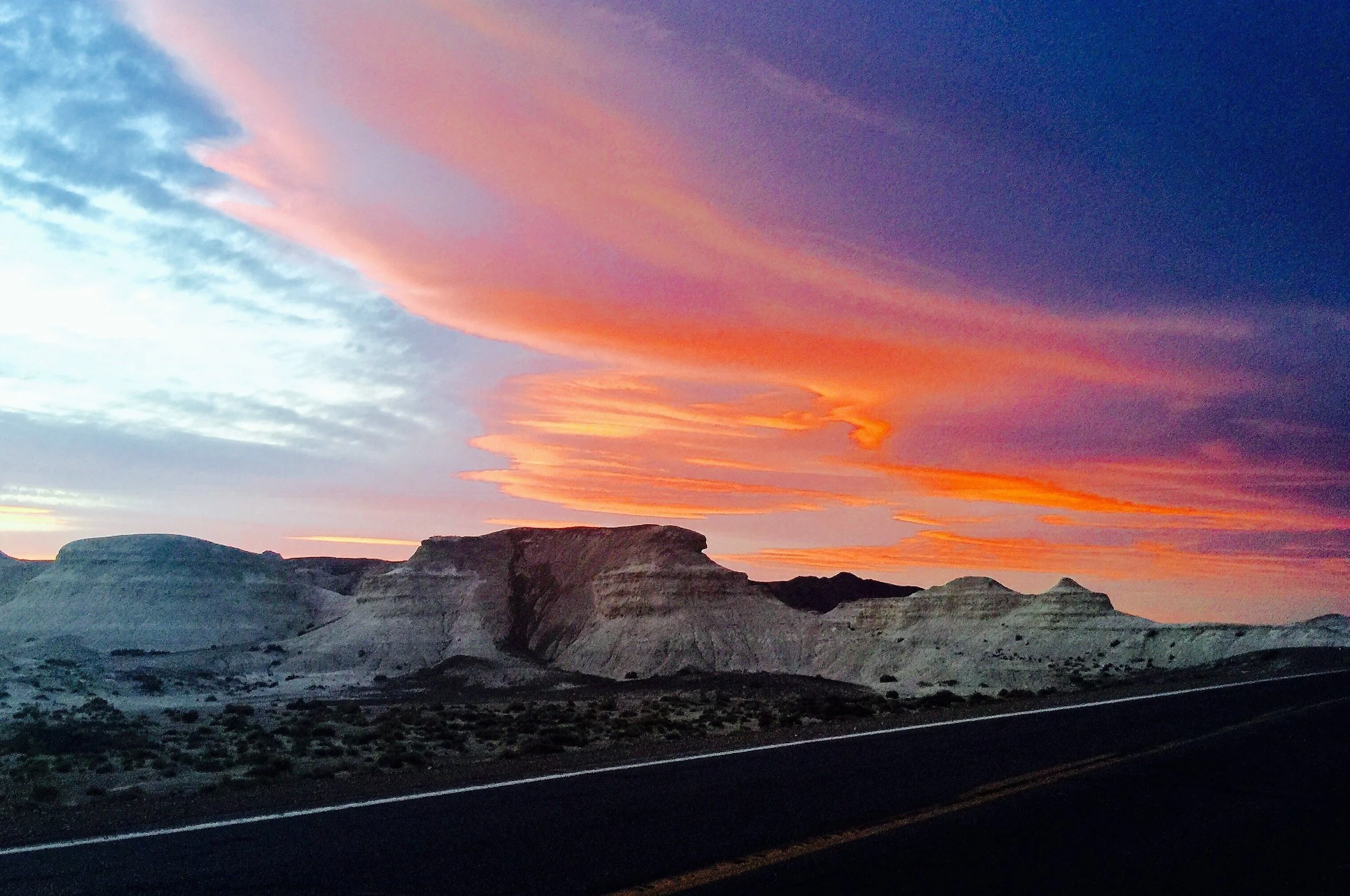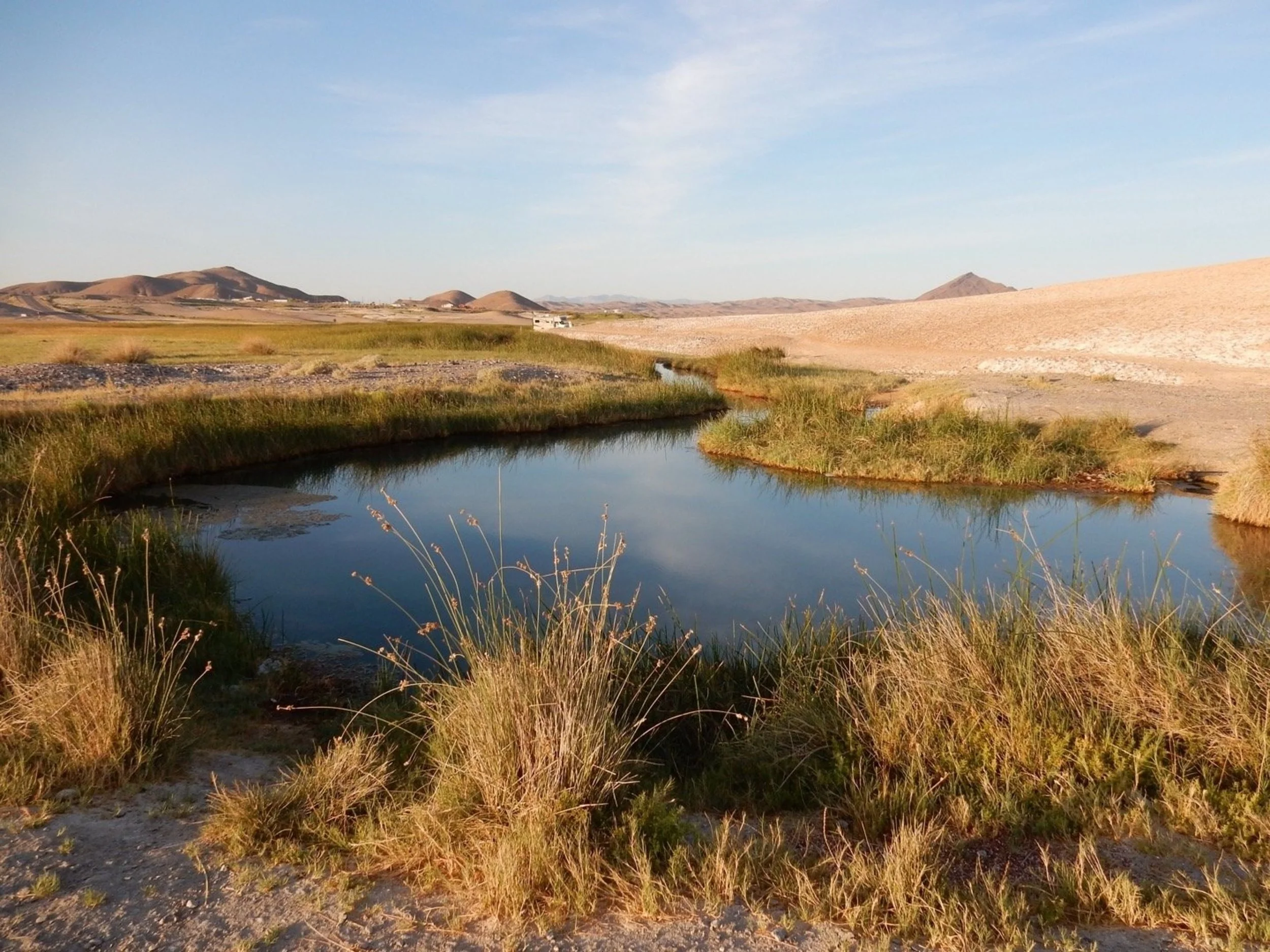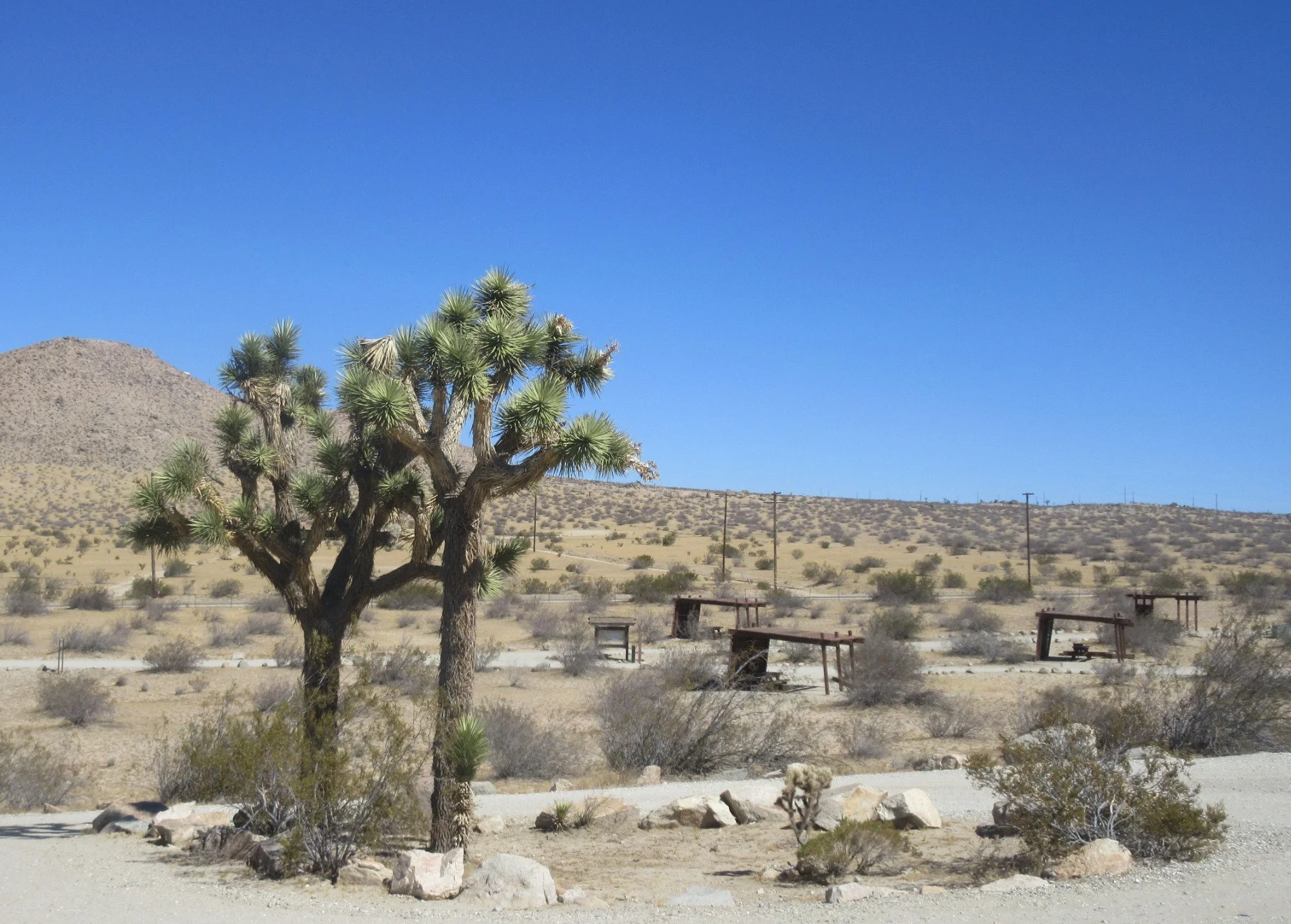Stretching across an astounding 3.4 million acres of the Mojave Desert, Death Valley National Park invites intrepid outdoor enthusiasts to discover one of Earth's most extreme environments. This remarkable geological wonderland showcases an incredible diversity of terrain, from towering mountain ranges and deep canyons to expansive desert dunes reminiscent of the Sahara. Adventure seekers can immerse themselves in world-class hiking trails, challenging rock climbing routes, exhilarating mountain biking paths, and unforgettable camping experiences. Thanks to its isolated location and minimal light pollution, the park has earned recognition as a premier destination for astronomy enthusiasts, offering spectacular opportunities to witness cosmic phenomena with nothing more than the naked eye beneath its pristine dark skies.
Camping Near Death Valley National Park
Venture into scorching salt flats, sculpted canyons, and star-studded night skies - embrace the rugged beauty of Death Valley.
CampChimp is better in the app
Find Available Camping
The 5 best campgrounds near Death Valley National Park, CA
-

Furnace Creek Campground
 Death Valley National Park, CA
Death Valley National Park, CA


Nestled in the heart of Death Valley this campground offers stunning desert landscapes and easy access to the park's main attractions.
-

Beatty RV Park
 Beatty, NV
Beatty, NV


Nestled in the heart of the Amargosa Valley this well-maintained campground offers stunning views of the surrounding desert landscape and nearby mountains. With spacious sites modern amenities and a friendly atmosphere it's the perfect base for exploring the wonders of Death Valley.
-

Panamint Springs Resort
 Death Valley National Park, CA
Death Valley National Park, CA


This resort campground offers spacious RV sites with full hookups a dump station and stunning views of the Panamint Mountains.
-

Red Rock Canyon State Park
 Cantil, CA
Cantil, CA


Nestled in the stunning Red Rock Canyon State Park this scenic campground offers a peaceful retreat surrounded by towering red rock formations and desert landscapes. Enjoy hiking trails stargazing and tranquility in this natural oasis near Death Valley.
-

Wildrose Campground
 Death Valley National Park, CA
Death Valley National Park, CA


This scenic high-altitude campground offers sweeping vistas of the rugged Panamint Mountains providing a cool oasis amidst the desert heat with shaded sites and nearby hiking trails.
The 5 hardest-to-book campgrounds near Death Valley National Park, CA
The 5 best campgrounds for RV camping near Death Valley National Park, CA
The 5 best campgrounds for tent camping near Death Valley National Park, CA
The best camping near Death Valley National Park guide
About
Death Valley National Park RV Camping
Situated along the California-Nevada border, this vast wilderness destination provides an exceptional setting for RV adventures, particularly during the milder seasons. The park features an array of accommodation options, including established campgrounds within park boundaries and private facilities in surrounding areas. For RV enthusiasts seeking hookups, Furnace Creek Campground stands out with 18 fully equipped sites. Additional options include Texas Springs, Sunset, Stovepipe Wells, Wildrose, and Mesquite Spring Campgrounds. While most facilities close during peak summer heat, they operate on a first-come basis during operational months. The exception is Furnace Creek, which accepts advance bookings from mid-October through mid-April. Given its popularity, Furnace Creek's spots fill rapidly when reservations open. Fortunately, numerous private RV parks dot the surrounding region, offering amenities such as full hookups, shower facilities, restrooms, and convenient picnic areas for visitors.
- Best for winter camping: The year-round accessibility of Furnace Creek Campground, combined with its reservation system from late autumn to early spring, makes it ideal for cold-season visits.
- Best for a quiet experience: Wildrose Campground provides a peaceful retreat with just 23 sites, offering solitude away from the more frequented areas.
- Best for families: Situated near the iconic Mesquite Flat Sand Dunes, Stovepipe Wells Campground delivers essential amenities including modern restrooms and RV dump facilities.
- Intense summer temperatures force most campgrounds to suspend operations during the hottest months. Operating facilities during this period work on a first-arrive basis.
- For summer holiday weekend camping (Memorial Day, Fourth of July, or Labor Day), plan to arrive several days ahead to guarantee accommodation.
- During peak visitation periods, your best options for securing a spot are Sunset Campground or Stovepipe Wells Campground.
- Furnace Creek Campground offers advance reservations between October 15 and April 15, switching to first-come availability for the remainder of its operational season.
Spring and autumn offer optimal conditions for experiencing Death Valley, with manageable temperatures and comfortable exploration conditions. The spring season is particularly enchanting, featuring spectacular wildflower displays. Despite scorching temperatures regularly exceeding 110°F, summer draws significant crowds during holiday weekends. Winter brings dramatic temperature drops, with occasional snowfall possible at higher elevations, creating a uniquely different park experience.
- Death Valley's extreme temperatures demand serious respect - consume a minimum of one gallon of water daily and avoid low-elevation hiking during hot periods.
- For safety reasons and to ensure accessibility by emergency services, vehicles must remain on designated paved roads, especially during summer months. Off-road driving is strictly prohibited.
- Exercise caution regarding local wildlife - the desert ecosystem houses rattlesnakes, scorpions, and venomous spiders.
- Mobile connectivity is sparse throughout most of the park, though some coverage exists near Furnace Creek and Stovepipe Wells. Be sure to download maps for offline use before your journey.
Experience an extraordinary desert camping adventure at the Trona Pinnacles, where ancient limestone spires create an extraterrestrial landscape. Set up your campsite among these magnificent geological formations, discover prehistoric fossil deposits, and witness breathtaking celestial displays in the crystal-clear desert night sky.






